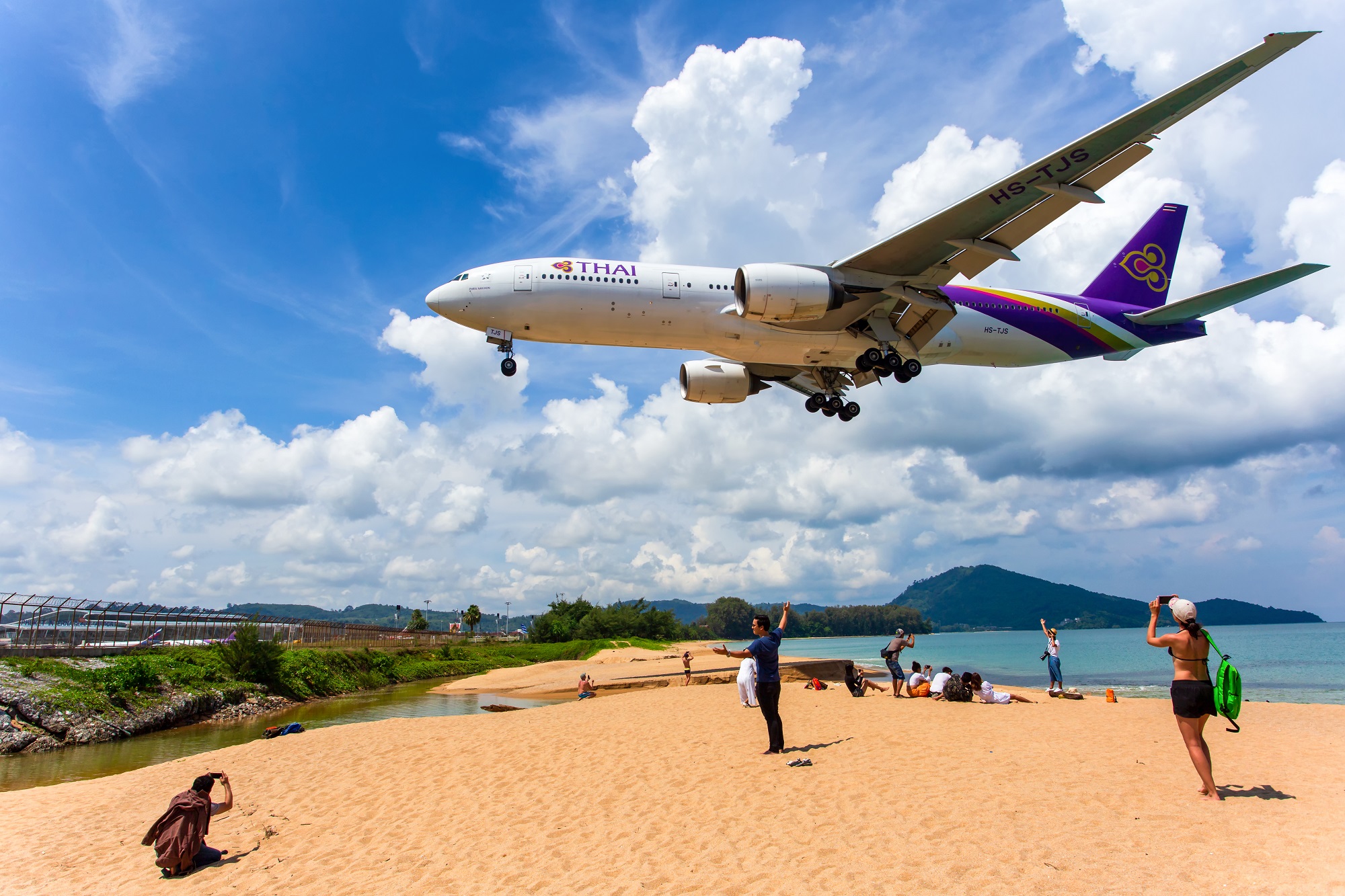In a significant move aimed at bolstering Thailand’s aviation sector, Prime Minister Srettha Thavisin has unveiled the ambitious Thailand Vision, designed to position the country as a pivotal aviation hub in the Asia-Pacific region.
The Prime Minister outlined a comprehensive strategy to enhance the country’s airports, with a particular focus on restoring Suvarnabhumi Airport’s prominence on the global stage within the next five years. Collaboration with the Airports of Thailand Public Company Limited (AOT), responsible for managing six major airports, has been solidified to realize these objectives.
The expansion plan for Suvarnabhumi Airport is geared towards accommodating an impressive 150 million passengers annually by 2030. Notably, the SAT-1 terminal, initially constructed to cater to 45 million passengers, now accommodates a staggering 60 million travelers each year. Furthermore, the imminent opening of the third runway in 2024 is expected to facilitate 60 flights per hour, with future projections aiming for a capacity of 90 flights per hour. Plans for further expansion include enlarging existing terminals and constructing a new terminal to cater to an additional 90 million passengers, alongside the construction of a fourth runway capable of handling up to 120 flights per hour.
Meanwhile, the government has outlined plans to transform Don Mueang Airport into a point-to-point model, with a target of increasing its annual passenger capacity from 30 million to 50 million by 2030. This will involve extensive renovations of existing terminals, as well as expansions to Terminal 1 and Terminal 2 to cater to domestic passengers, potentially accommodating up to 27 million travelers annually.
In addition to enhancements at Suvarnabhumi and Don Mueang, the government is also set to construct Andaman Airport as a secondary facility to cater to tourists visiting Phuket and surrounding regions. Concurrently, Phuket International Airport is slated for expansion to handle an anticipated surge in annual passengers, expected to reach 18 million by 2030.
Moreover, the government envisions the development of Thailand’s maintenance industry into a comprehensive hub for both commercial and private aircraft. Plans include the establishment of a temperature-controlled cargo warehouse system, known as the Cold Chain, to facilitate the distribution of goods to over 280 million people in Thailand and neighboring nations. Collaboration across various sectors, including airlines, tourism agencies, and hotels, will be intensified to foster the holistic development of the Thai aviation sector. This collaborative effort aims to optimize flight schedules, aircraft types, and passenger services, while also prioritizing sustainability measures such as the adoption of Sustainable Aviation Fuel (SAF) and support for domestic production. These initiatives are expected to not only generate economic opportunities but also enhance the overall quality of life and promote sustainable economic growth throughout Thailand.



